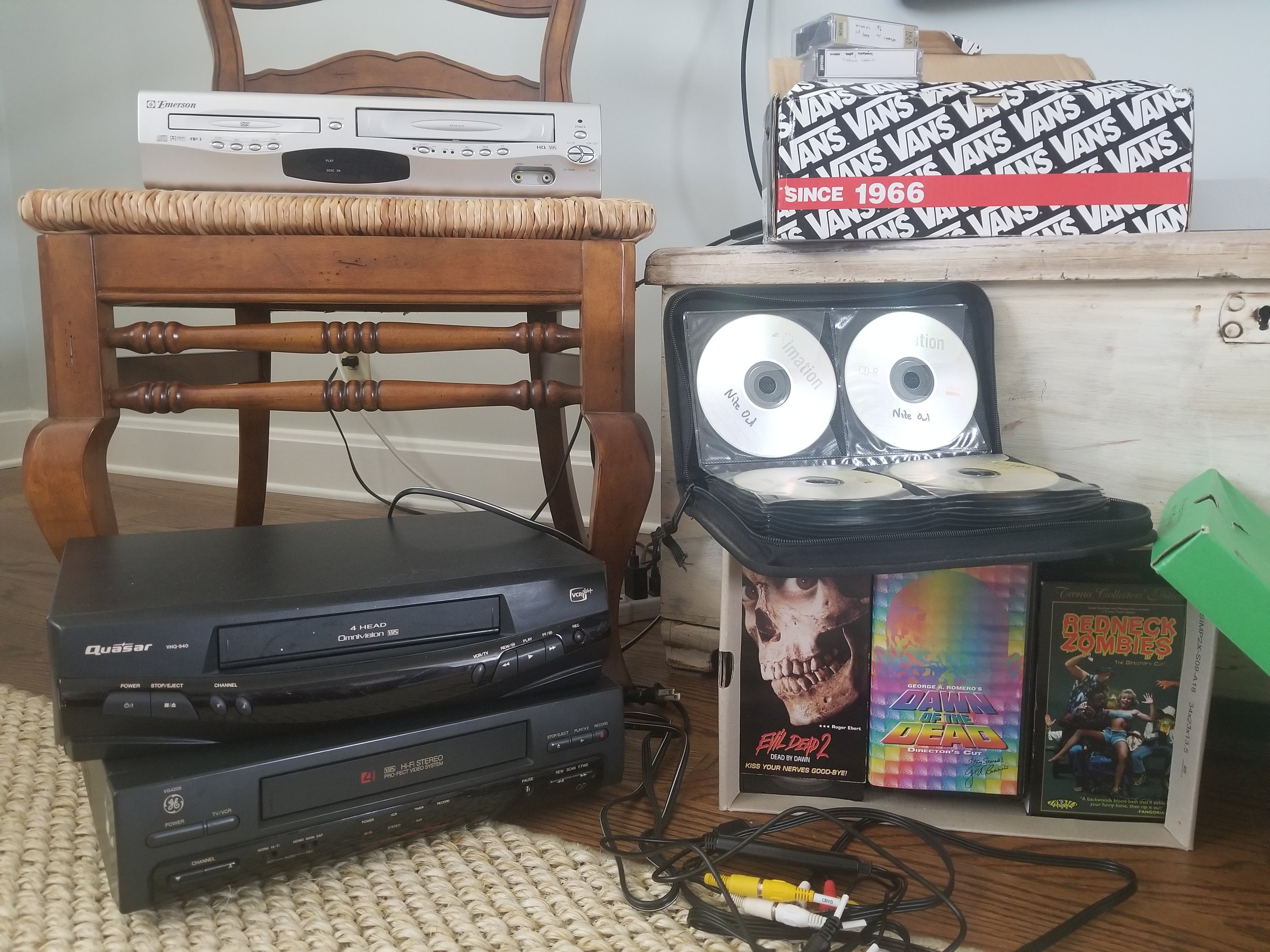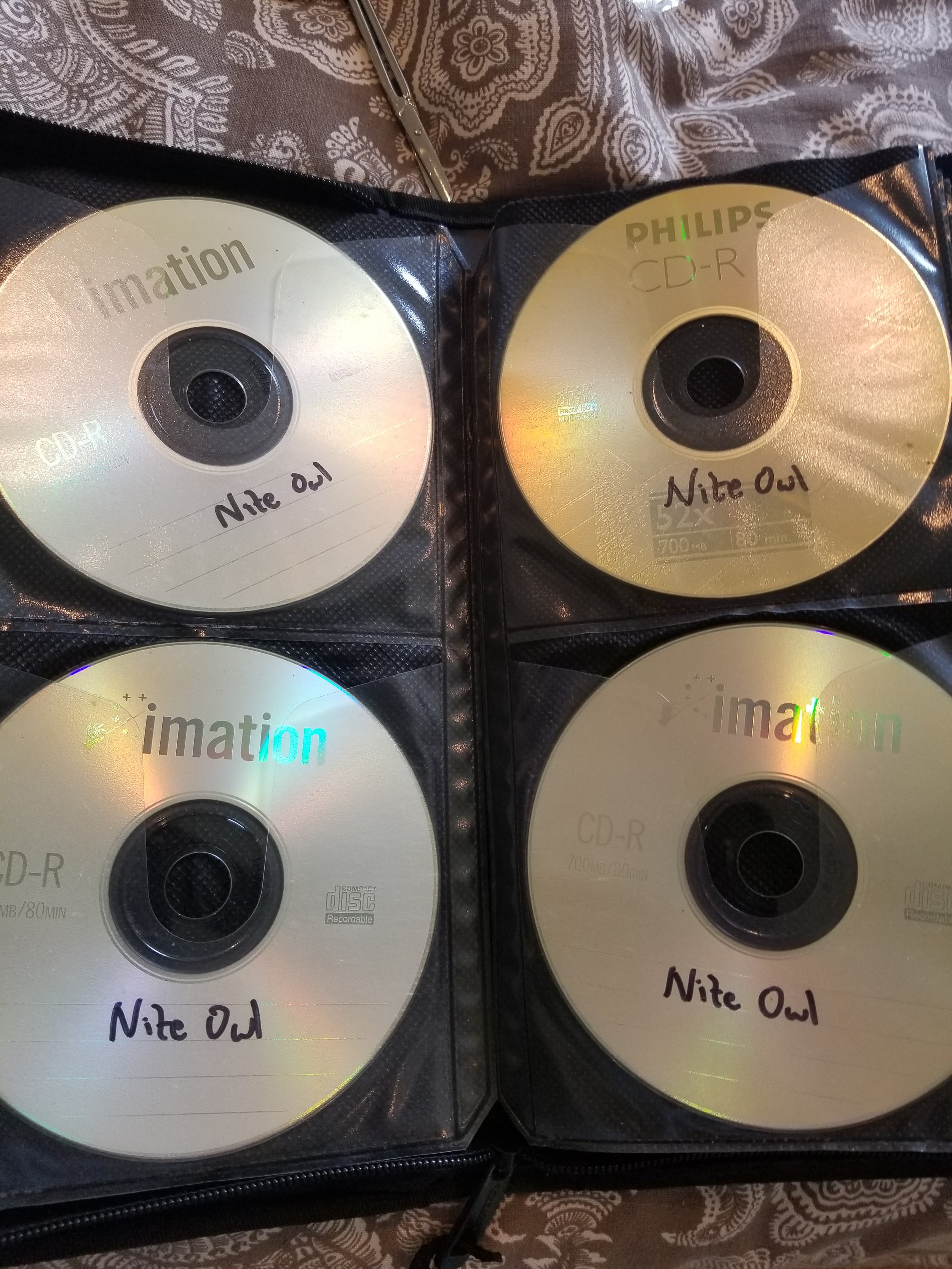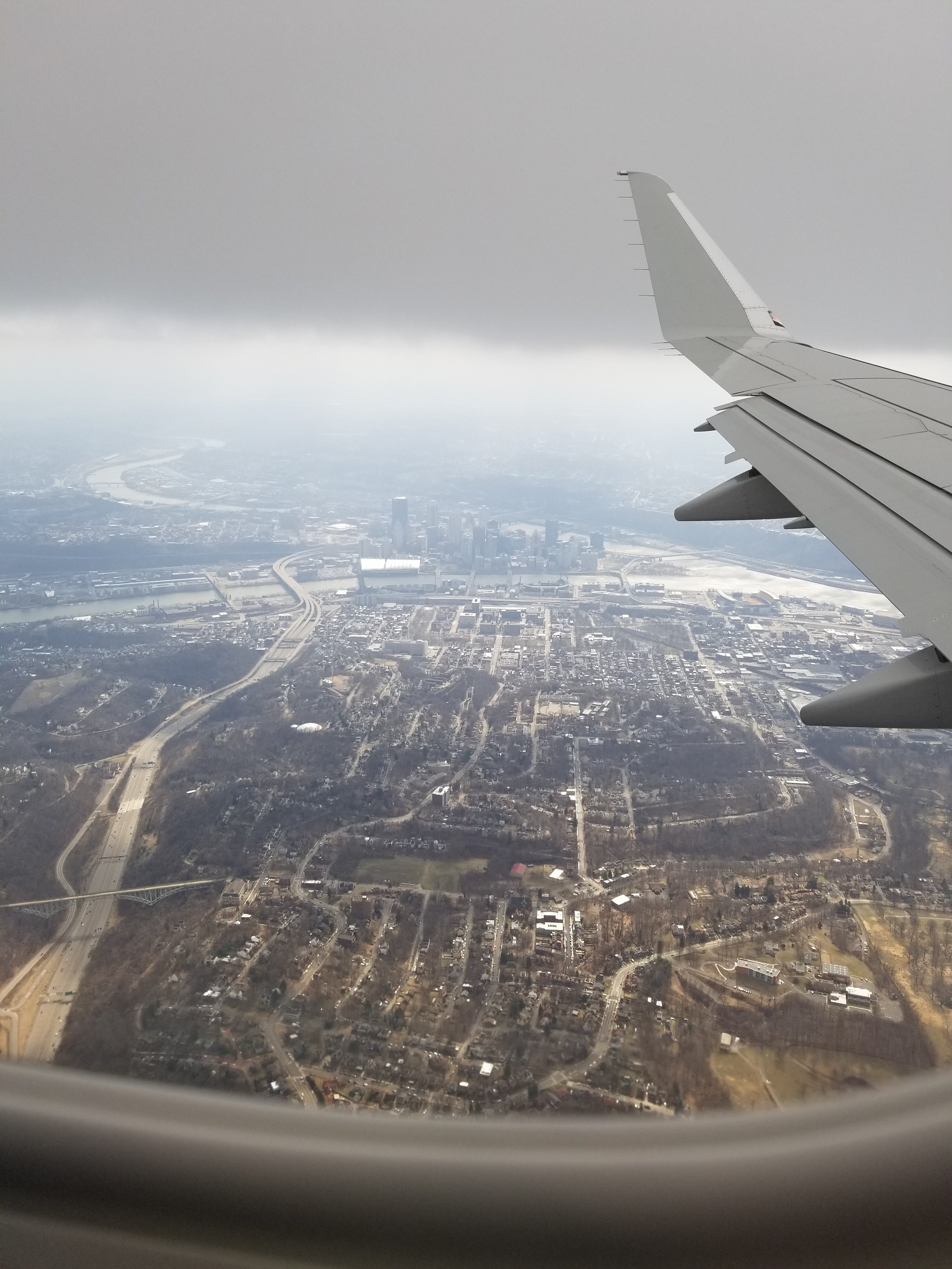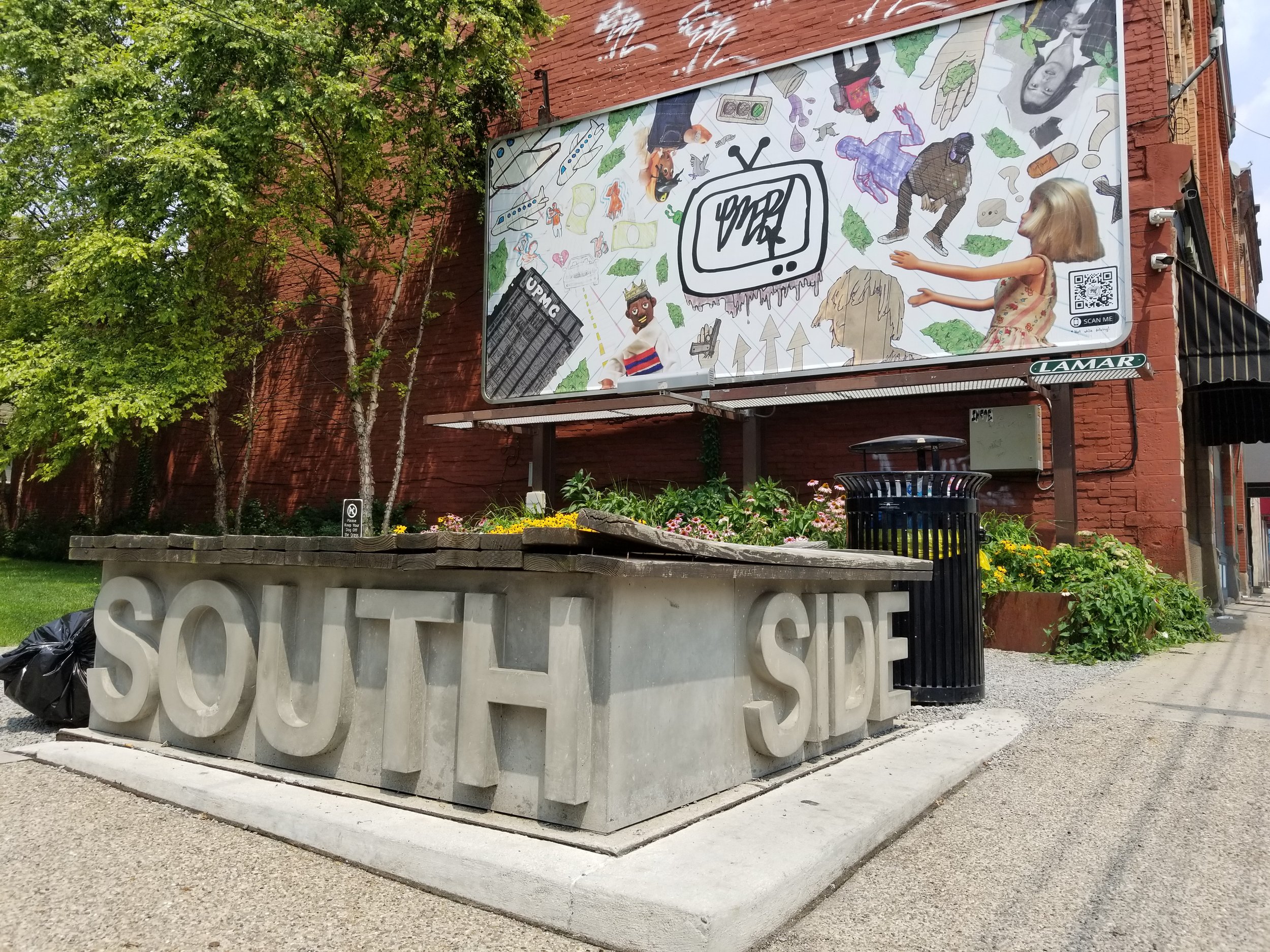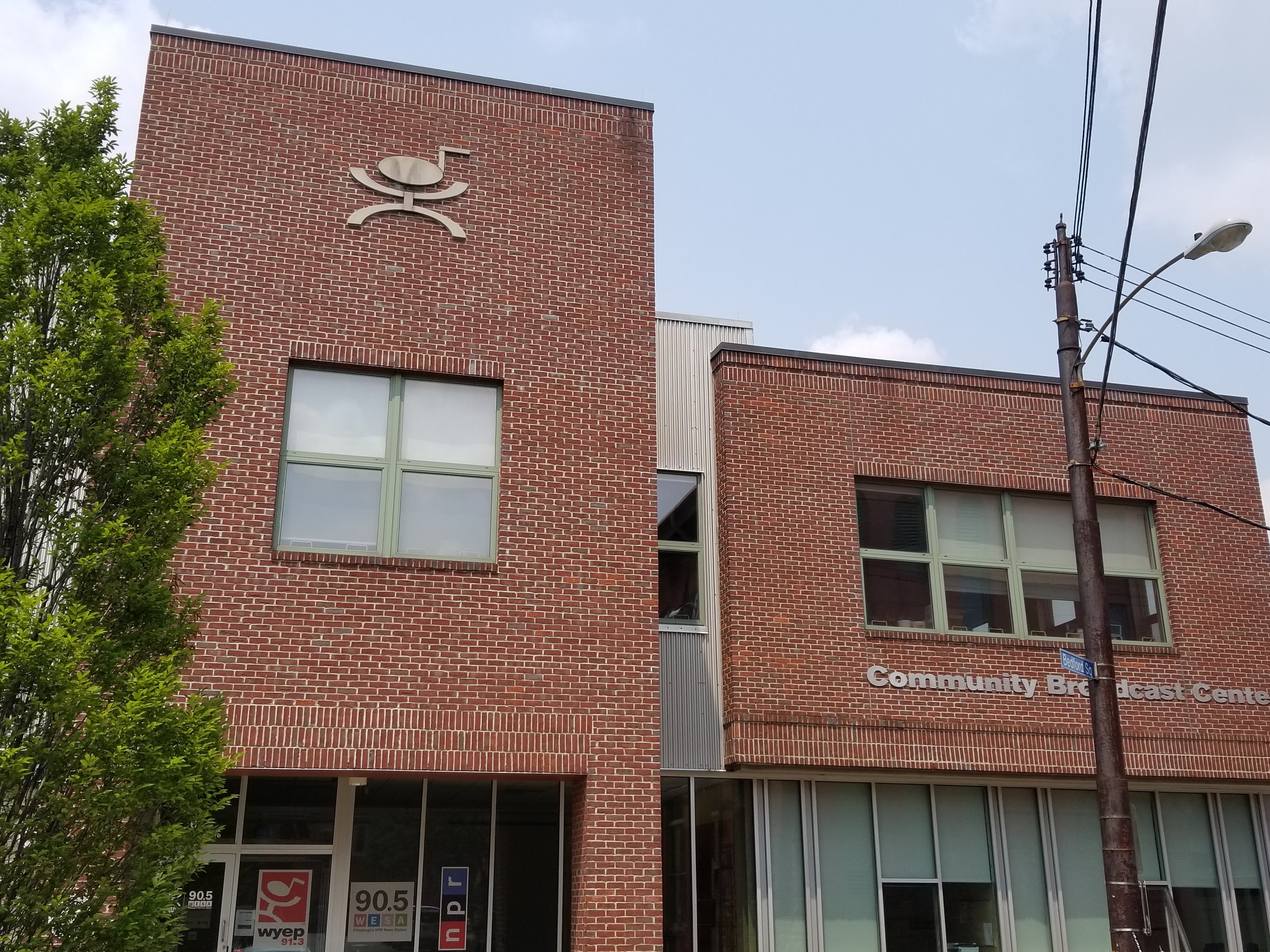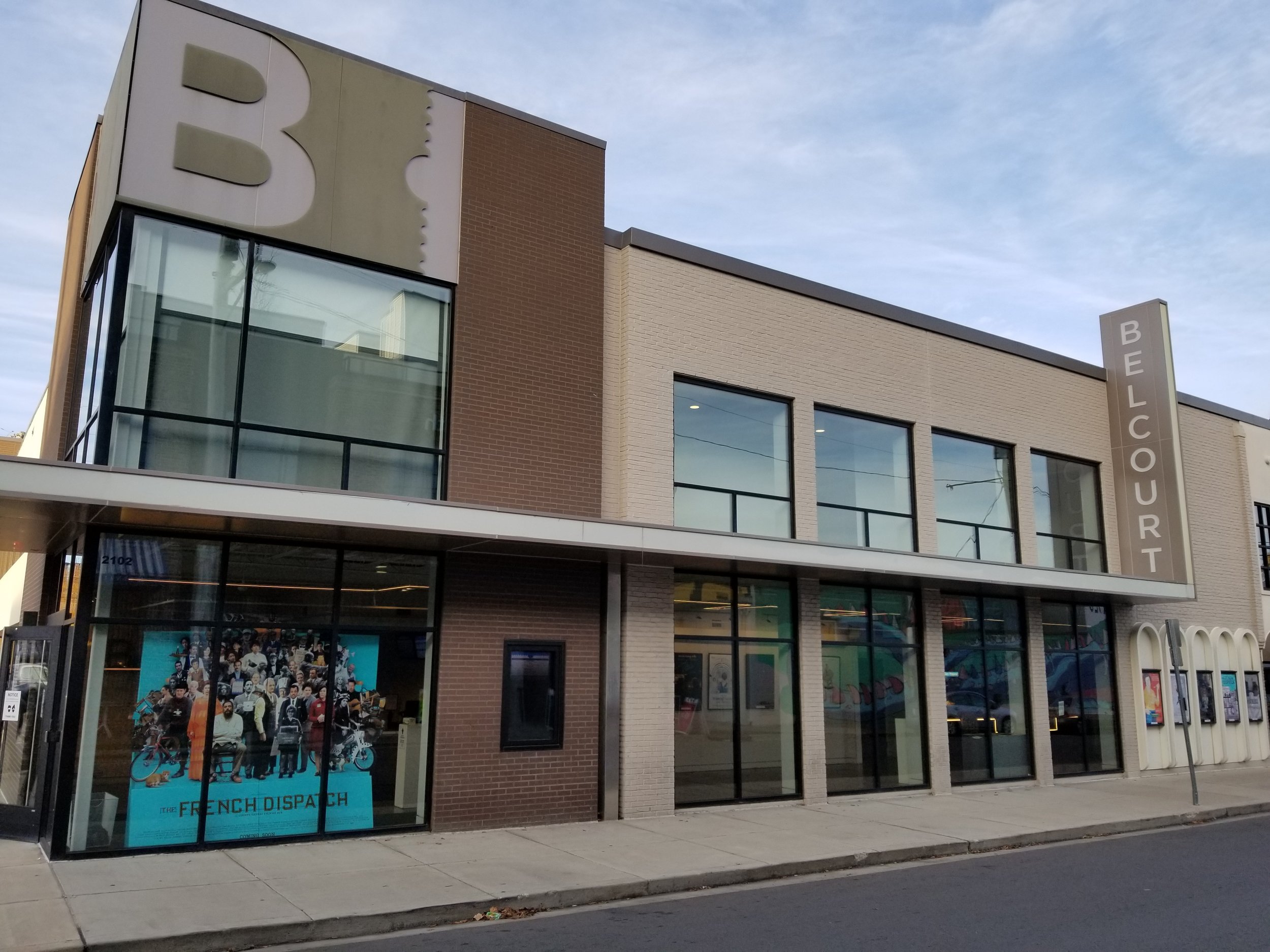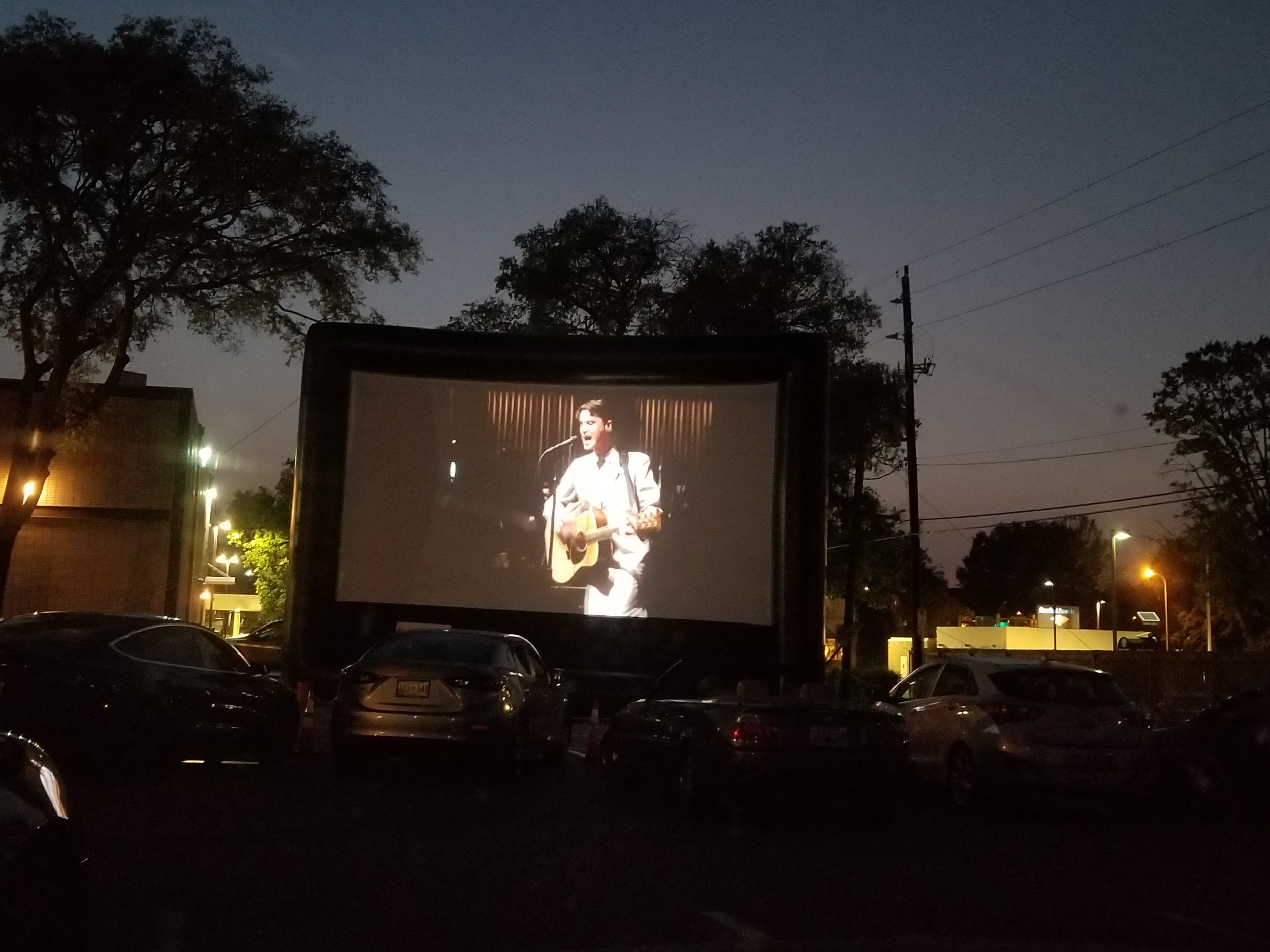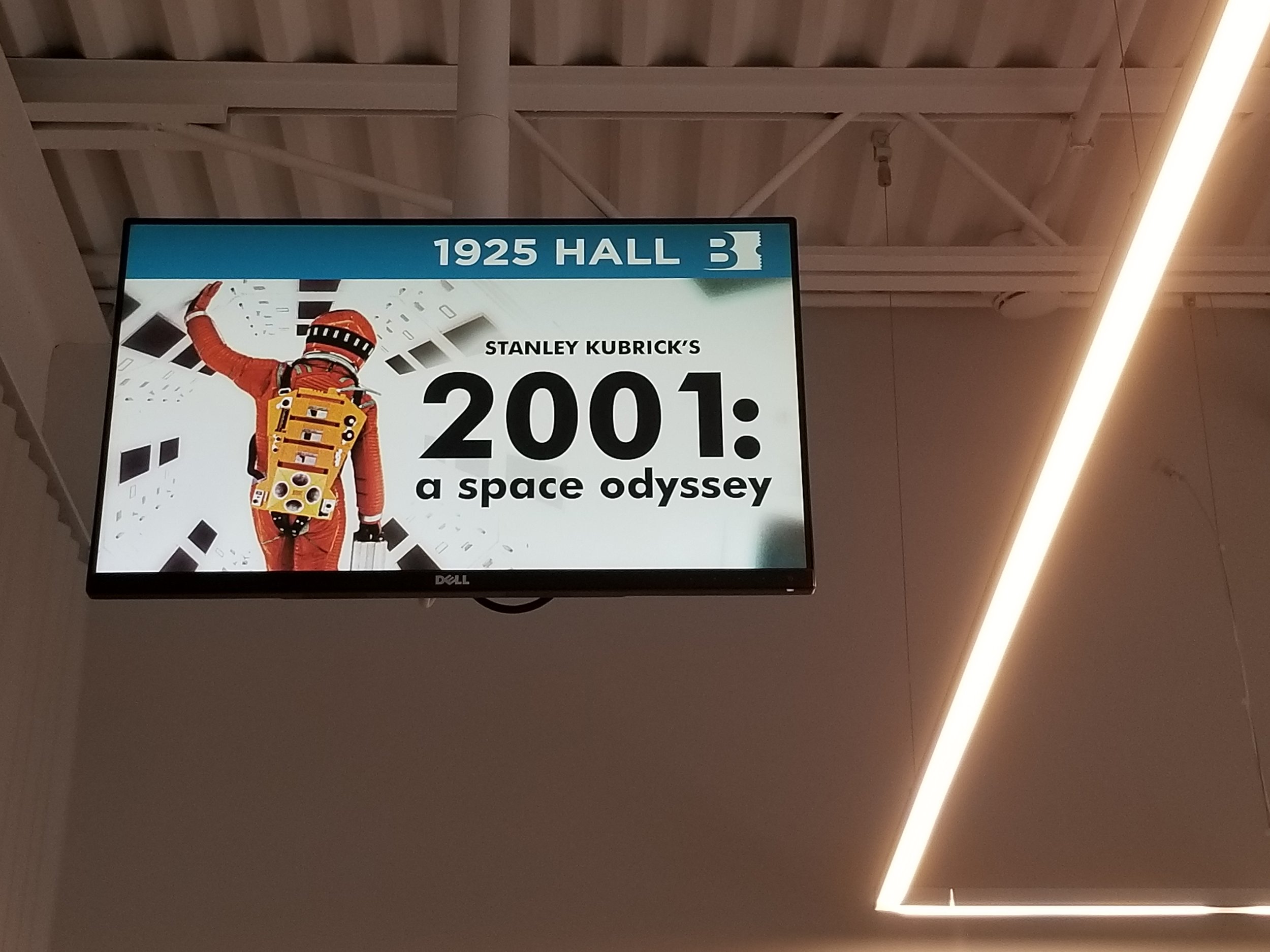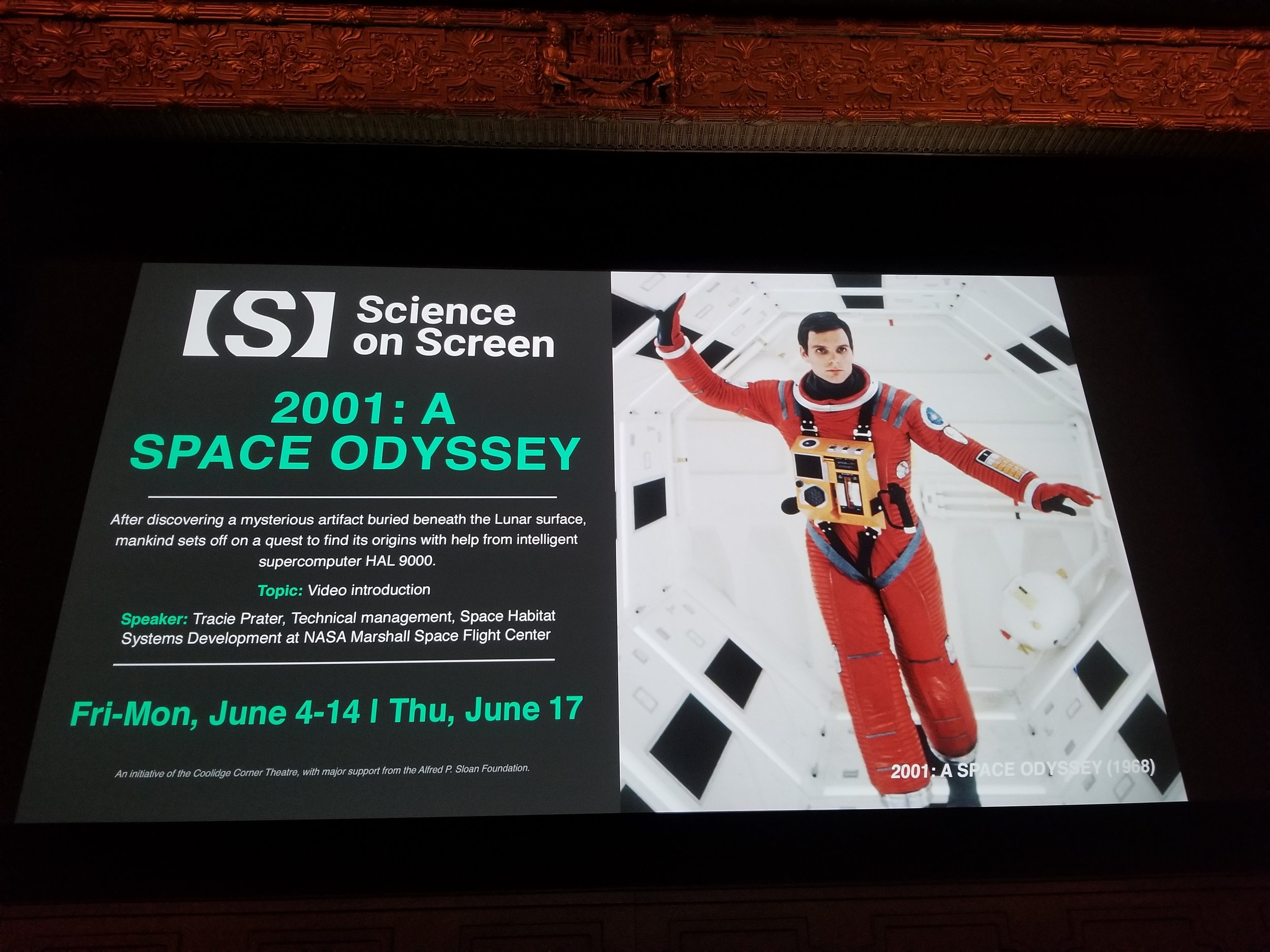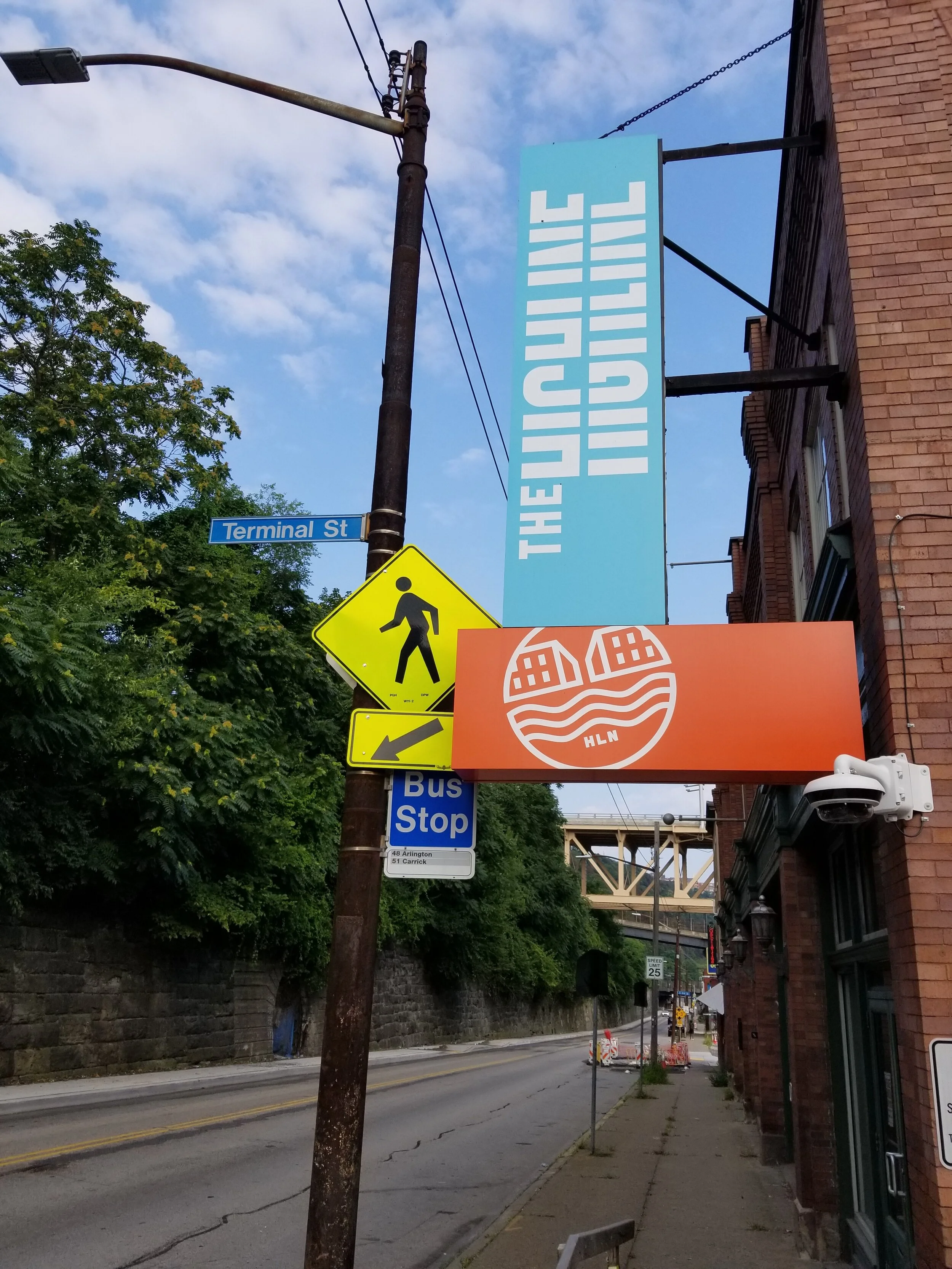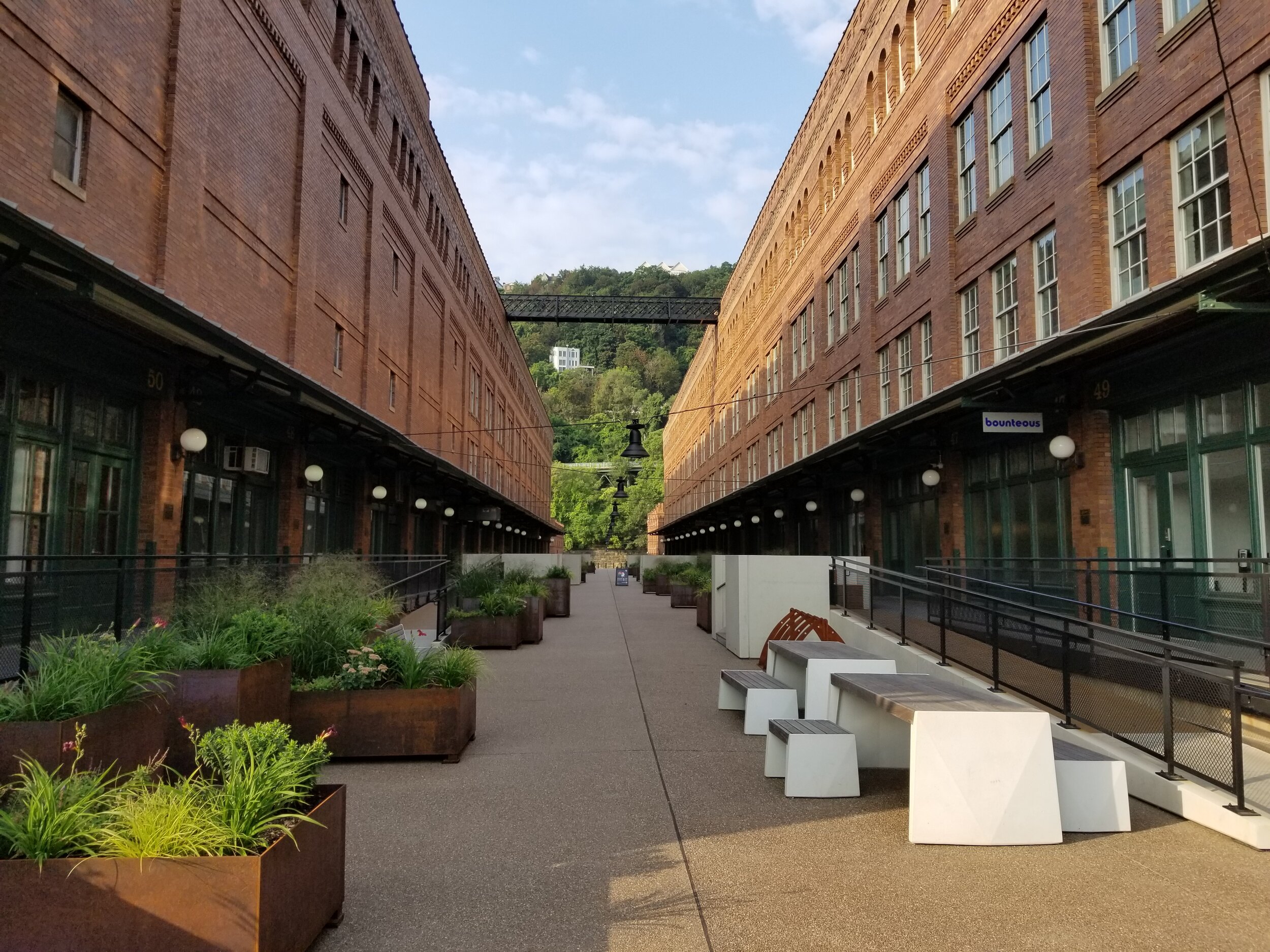Mediated Memories & Nostalgic Obsolescence
I spent much of the spring 2020 early pandemic period like many other people, holed up at home binging streaming content. It’s an interval of the past two years that I recall fondly: having nowhere to go and nothing better to do than consume entire seasons or series of television. During that initial period of displacement in which I spent several months living out of a single, hastily-packed weekender bag, I also got to share a lot of valuable viewing time with my family. But once we had exhausted all episodes of Tiger King, and the novelty of lockdown life evolved into an increasingly despondent drudgery, I began exploring the various family media stashed around the house.
We started in on the family photo albums and school yearbooks, scrutinizing snapshots and swapping infrequently recalled stories. It was a refreshing deep dive into forgotten memories; encounters with anecdotes that at one time perhaps seemed so integral to one’s personal mythology as anchor points for a cohesive sense of self. It also signaled the beginning of a pandemic-prompted turn toward introspection and reflection, one that I would continue throughout the following year.
From the photo albums I moved on to boxes of home movies on VHS that I found alongside a dusty VCR in storage. Miraculously the player still functioned and we were able to screen these family films that hadn’t been seen in decades: progressive construction updates on the building of a house; a family outing to tour the fall foliage in central Illinois; my father and grandfather retracing steps in Austria. I was also able to reconnect with my personal media library that’s been kept in my parents’ storage for the past twenty years. First there was my collection of commercial VHS tapes, mostly zombie movies procured during a period in the early days of DVD when these cult horror films were out of print on home video or otherwise in distributional limbo. But the real gold was my collection of mini-VHS tapes representing years of recordings from elementary school through high school when my camcorder was my constant companion.
Reviewing the camcorder tapes required more effort since you need a cassette converter to play the mini-VHS format in a VCR. I was thankfully able to extract a tape that had been loaded into my converter for the past 15+ years, but after that delicate procedure the device gave up the ghost and I had to order a replacement. I also came across my old camcorder itself and saw that there was a tape inside. After several unsuccessful attempts to get the camera to power up I resorted to surgery, prying the camera apart to free the tape. I was able to remove the cassette and respool the tape into playable condition; it turned out to be a tape my youngest sister had recorded sometime after I’d left the camera at home for college.
When we first began going through the home movies in Spring 2020 my family had discussed the prospect of digitizing the tapes or transferring them to DVD. I even researched local video houses and estimated the cost of digitizing our entire VHS collection. But it didn’t go any further than that: based on the effort and cost that would be involved I put the digitization project on the back burner. That winter I learned that an old friend of mine was very seriously ill. We hadn’t seen each other in ten years, and had only been intermittently in contact during that time, but he was one of my dearest friends so I quickly reached out. Six months later when I learned that he was dying and had ultimately passed away I was struck by a sense of paralysis that stretched back retroactively through the preceding months, wishing that I had done more or been able to offer more of a gesture for my friend. Immediately wishing I had been able to share the recently rediscovered camcorder tapes of our high school hijinks as a distraction while he dealt with his health issues, I took that digitization project off of the back burner and set about figuring out the process.
It turns out that I didn’t need to contract the services of a professional video house, or pay expensive fees for digital transfer. All that I needed was some software and a set of USB-to-RCA adapter cables. Oh, and a working VCR: the unit I had taken out of storage the previous spring was no longer functioning. My grandfather generously shipped a VCR that he had lying around the house but it wasn’t working either. However after one trip to the nearest Goodwill store I came home with what turned out to be a fully functioning DVD-VCR combo player.
I wasn’t able to put together a media care package in time for my ailing friend so I started curating a collection to send to the other members of our friend group. This involved digitizing the video recordings I had as well as salvaging audio: my storage boxes included CD booklets filled with burned CDs of favorite albums and mixtapes, and also recordings of Nite Owl, a show on my college radio station that my friends frequently co-hosted with me.
As my friends and I respectively sorted through mementos and ephemera in our grief, there were welcome surprises and reminders in the wake of our loss. For instance, my friend sent me this photograph he had discovered showing me at the radio studio boards getting ready for a Nite Owl broadcast:
The first half of the 2021 summer, as I wrapped up my strange pandemic year and prepared to return to Pittsburgh, it was a flurry of reminiscence and reflection. Not only on the previous 18 months - trying to process the twists and turns of that unprecedented time and what it meant to me - but further back as well, a deeper inventory of personal history facilitated by the mediated memories that I had rediscovered in that place. Those days also had the frantic pace of a futile race against time: hurriedly making preparations in advance of my upcoming move while simultaneously wrapping up that tangential sojourn with some sense of closure. And all the while desperately trying to stay one step ahead of obsolescence, technological or otherwise.
As I sorted out my belongings for transit I made one more push into the curios I had in storage to mine as much nostalgic material as possible. I went through all manner of outdated recording media from CDs to videotapes; I even unearthed a PC that hadn’t been activated ever since the campus network had quarantined it for computer viruses 18 years earlier. After hooking it up to a monitor, mouse, and keyboard I was faced with a Windows XP login screen and was even able to successfully determine the password following nearly an hour of cross-referencing the cryptic hint with my oldest available emails. I don’t know what it’s all worth aside from a cache of dusty data saved to a brand new external hard drive. But at least the effort kept me occupied, and recollecting the memories I left for myself all those years ago seemed like a sufficient reward.
